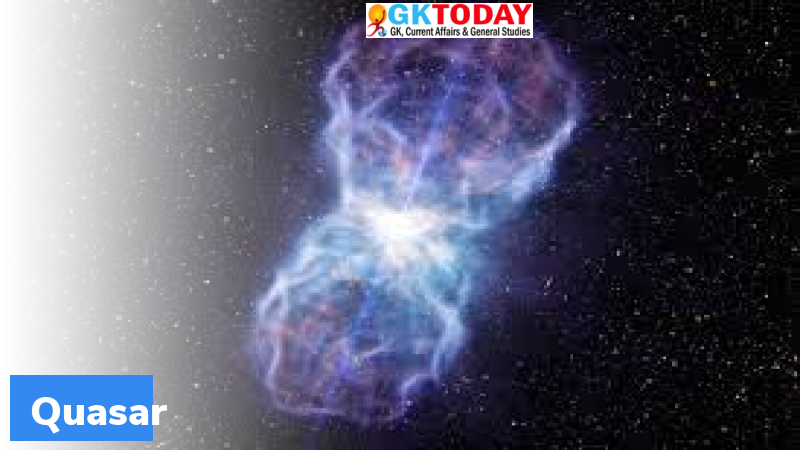Quasar and Galactic Collisions
Quasars are some of the brightest and most energetic celestial objects in the known universe, discovered in the 1950s. Their origins remain a mystery, but a recent study by the Universities of Sheffield and Hertfordshire sheds new light on the source of quasars.
Understanding Quasars and Active Galactic Nuclei
Quasars are a type of active galactic nucleus (AGN), where the core of a galaxy exhibits much higher brightness than usual. Quasars are home to supermassive black holes, which pull in mountains of matter, collecting in a glowing-hot accretion disk. Some of this matter is ejected into deep space as a relativistic jet of plasma, making quasars shine as brightly as a trillion stars, outshining even the largest galaxies.
Galactic Collisions and Quasar Formation
The key component of ultra-bright AGNs is access to large volumes of gas and stellar material. Without these, there is nothing to release all the energy as it falls towards the singularity. Scientists have long speculated that collisions between galaxies could contribute to quasar formation. Galactic collisions are known to drive gas towards the center, where it could encounter a black hole and ignite a quasar.
Testing the Hypothesis
The team conducted detailed observations of dozens of galaxies using the Isaac Newton Telescope in La Palma. The researchers examined 48 galaxies that have quasars and over 100 galaxies that don’t have quasars. They conducted the examination to identify distinctive deformations in the galaxies that suggest previous interactions with other galaxies. Their analysis revealed that 65% of the galaxies with quasars demonstrated signs of collisions, whereas only 22 of the non-active galaxies exhibited similar characteristics. Therefore, galaxies with quasars are about three times more likely to have gravitationally interacted with another galaxy.
The Role of Quasars in Shaping the Universe
This research marks a significant step forward in understanding how these monstrous AGNs work, which could completely reshape a region of space by pushing gas out of the galactic disk and stalling star formation for billions of years. Future work with the James Webb Space Telescope will help confirm the role played by galactic collisions and allow us to better understand the mysteries of quasars.
Month: Current Affairs - May, 2023
Category: Science & Technology Current Affairs


